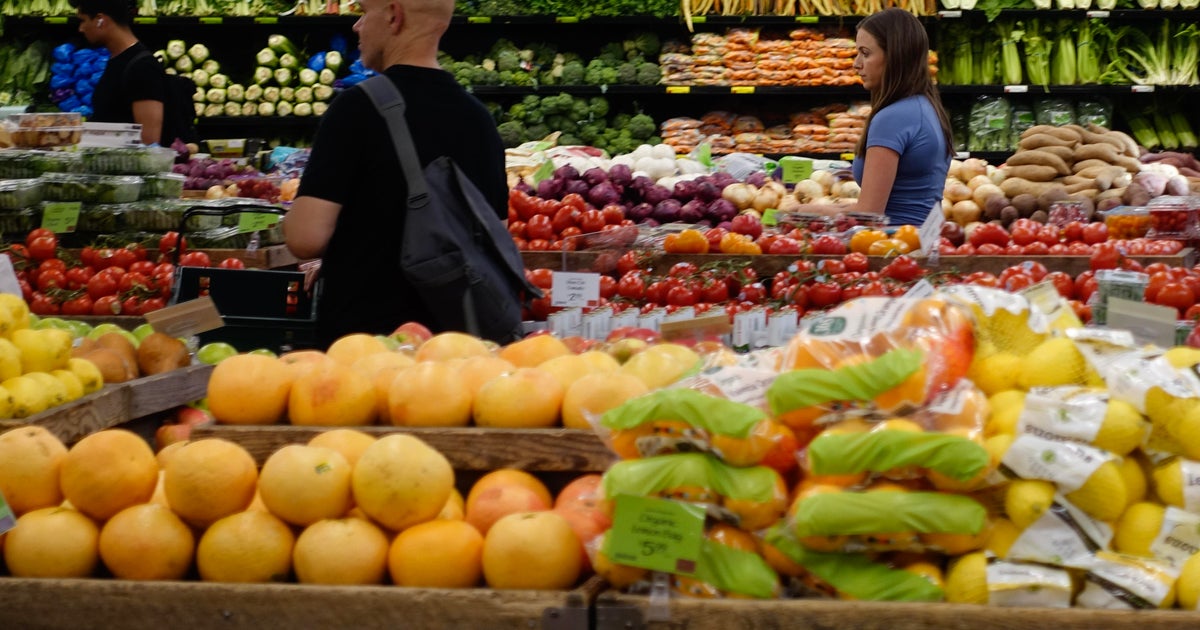Social Security recipients to get cost-of-living raise of 5.9%, biggest since 1982
The Social Security Administration on Wednesday said the program's almost 70 million recipients will receive a cost-of-living adjustment of 5.9% in 2022, the biggest increase since 1982.
The benefits bump comes in January after a year of surging inflation, which has pushed up the cost of everything from food to rent. Many seniors and others who rely on Social Security have struggled to cope with rising inflation this year after receiving a mere 1.3% cost-of-living adjustment (COLA) last January, representing one of the most meager increases in recent history.
The Social Security Administration typically announces its COLA in the fall, with the increase going into effect for December benefits that are paid in January. That means beneficiaries will receive a sizable annual "raise" in January 2022, but advocates are concerned that seniors' financial pain may not abate if inflation continues to flare — which many economists expect to be the case, at least for the next several months.
"There are a growing amount of estimates I'm seeing that inflation is going to continue into next year," said Mary Johnson, Social Security and Medicare policy analyst at the Senior Citizens League, an advocacy group. "I would not foresee that an almost 6% COLA is going to restore buying power if inflation continues into 2022."
Inflation accelerated in September, with consumer prices increasing 5.4% from the year-ago period, slightly faster than their 5.3% increase the previous month, the government said on Wednesday. Core inflation — which strips out volatile food and energy costs — grew 4.0%, the same spike as in August.
"Grim stories"
Inflation is causing some hard choices for seniors, Johnson said, noting that she has about 200 letters from Social Security recipients who are experiencing some form of hardship.
"I have nothing but these grim stories," she added. "Food is one of the No. 1 issues we are seeing. Once they pay their rent and electricity they don't have enough money to buy their groceries or their prescription drugs."
About 4 in 10 seniors rely on Social Security payments as their sole source of retirement income, according to the National Institute on Retirement Security. The typical monthly benefit stands at about $1,262 in 2021 — an amount that is just above the poverty line for a single person. A 5.9% COLA increase adds about $75 a month to that benefit.
Social Security payments had lost buying power even prior to this year's higher inflation, the Senior Citizens League estimated in an analysis published earlier this month. Since 2000, government retirement benefits have lost 32% of their buying power, the group found.
The problem, according to their analysis, is that the Social Security Administration relies on an index called the Consumer Price Index for Urban Wage Earners and Clerical Workers to set the annual increase for retirement benefits. That index doesn't include cost increases in Medicare premiums and it underweights the housing costs that are frequently experienced by seniors, for instance.
"The index that is being used is for younger wage earners," Johnson noted. "It doesn't account for the buying patterns of older adults," such as higher spending on healthcare.



